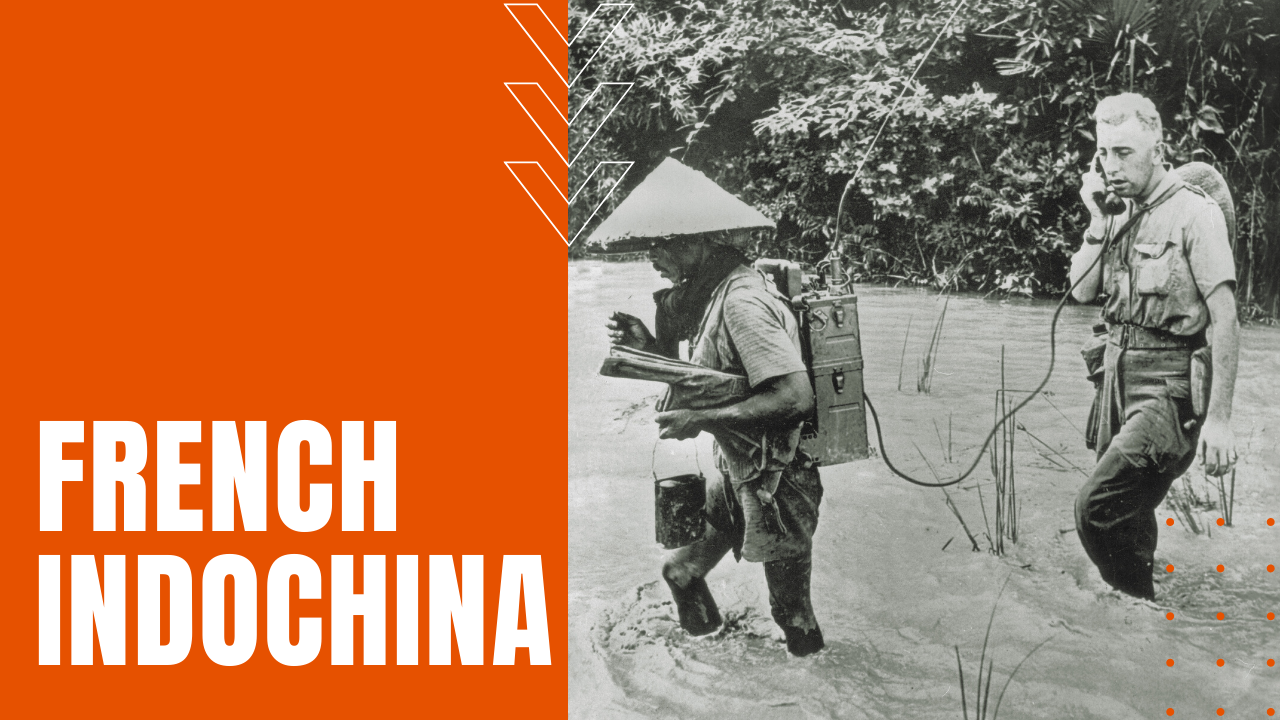French Indochina: Imperialism in Southeast Asia

Following decades of indigenous pushback against French colonization in Southeast Asia, France’s victory over China in the Sino-French War of 1884 to 1885 handed control of Annam, Tonkin and Cochinchina to the French, which today encompasses most of modern Vietnam, while the French would later take control of Guangzhouwan in the Chinese Territories, as well as part of Siam in modern-day Thailand.
In Vietnam, a rising sense of nationalism led to a period of insurgency known as the Cần Vương movement of 1885 to 1896, which led to the massacre of some 40,000 Christian missionaries and native Christian converts. Undaunted by local uprisings, France would add Laos and Cambodia to their colonial possessions after the Franco-Siamese War of 1893.
What Country Colonized Vietnam?
Known as French Indochina or the Indochinese Union, over their years as overlords, the French heavily exploited the region’s natural resources, at the same time contributing greatly to infrastructure improvements in such areas as health and education.
Local resistance and nationalism continued to escalate during the First World War, reaching an even higher crescendo during the Yên Bái mutiny of early 1930, when the Vietnamese Nationalist Party encouraged military uprisings by Vietnamese soldiers, along with clandestine guerrilla war tactics inflicted by local Vietnamese, with the aim of ousting French rule, while restoring the Vietnamese monarchy to power.
Ten years later, a further insurrection would occur in Cochinchina, before the Japanese invasion and takeover of Southeast Asia during World War Two. Upon Japan’s surrender after the nuclear destruction of Hiroshima and Nagasaki, a Communist organization led by Hồ Chí Minh declared Vietnam an independent nation, leading to the First Indochina War of 1946 between French and Viet Minh forces.
As the Americans would learn firsthand during their participation in the Vietnam War, after some 2,000 years of invasions by the Chinese into Southeast Asia, the First Indochina War would see years of guerrilla-style attacks by Ho Chi Minh’s forces, and after the Communist governments of China and the Soviet Union supported Ho’s legitimacy through weapons and monetary infusions, the war would drag on until the battle of Điện Biên Phủ, when Viet Minh forces won a decisive victory over the French in May of 1954. France’s resounding defeat would lead to the Geneva Conference that same year, which saw France cede North Vietnam to the Communists, while South Vietnam remained under the control of the Bảo Đại regime backed by American support, setting the stage 19 years of American Cold War involvement in Southeast Asia, until the Fall of Saigon in 1975.
